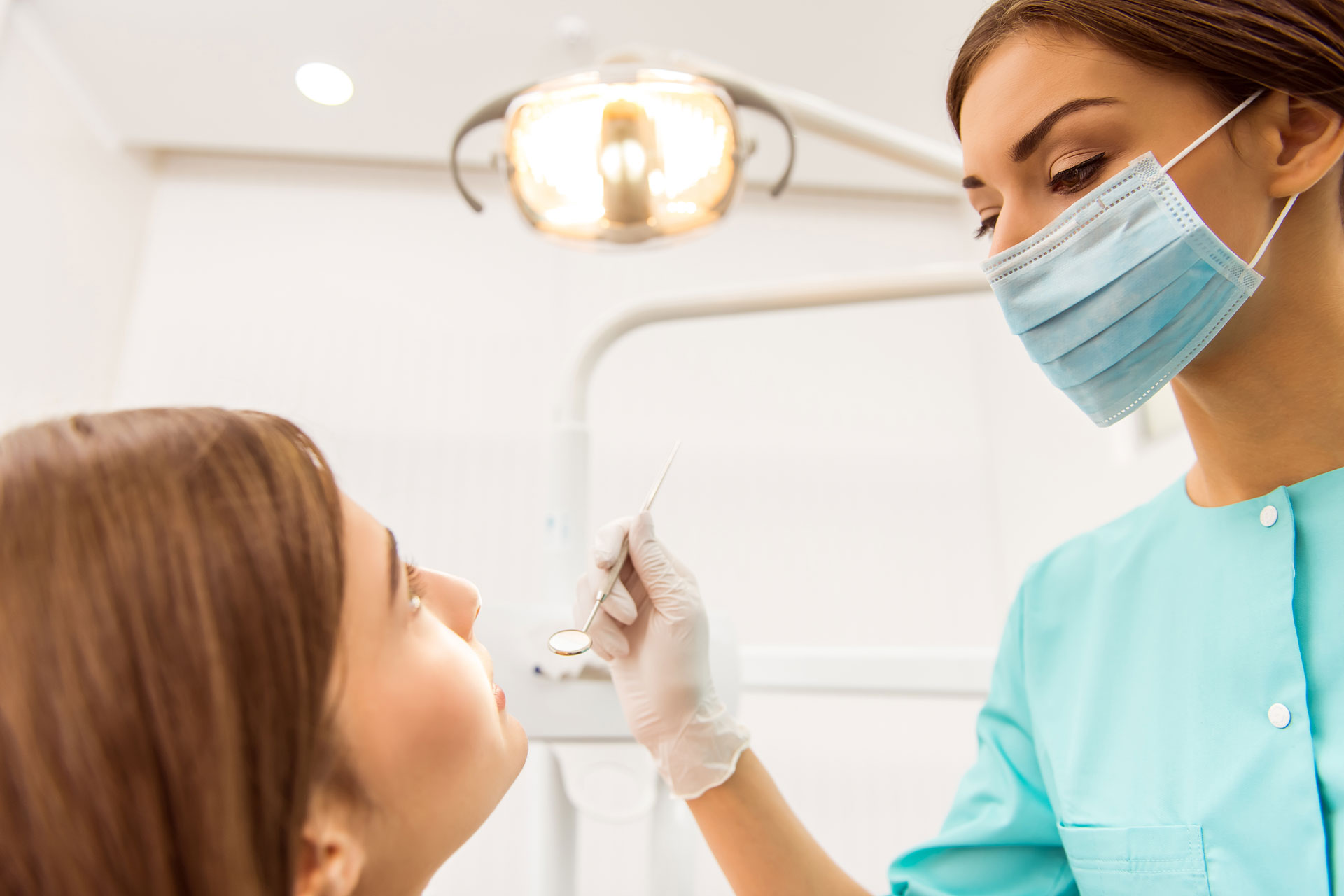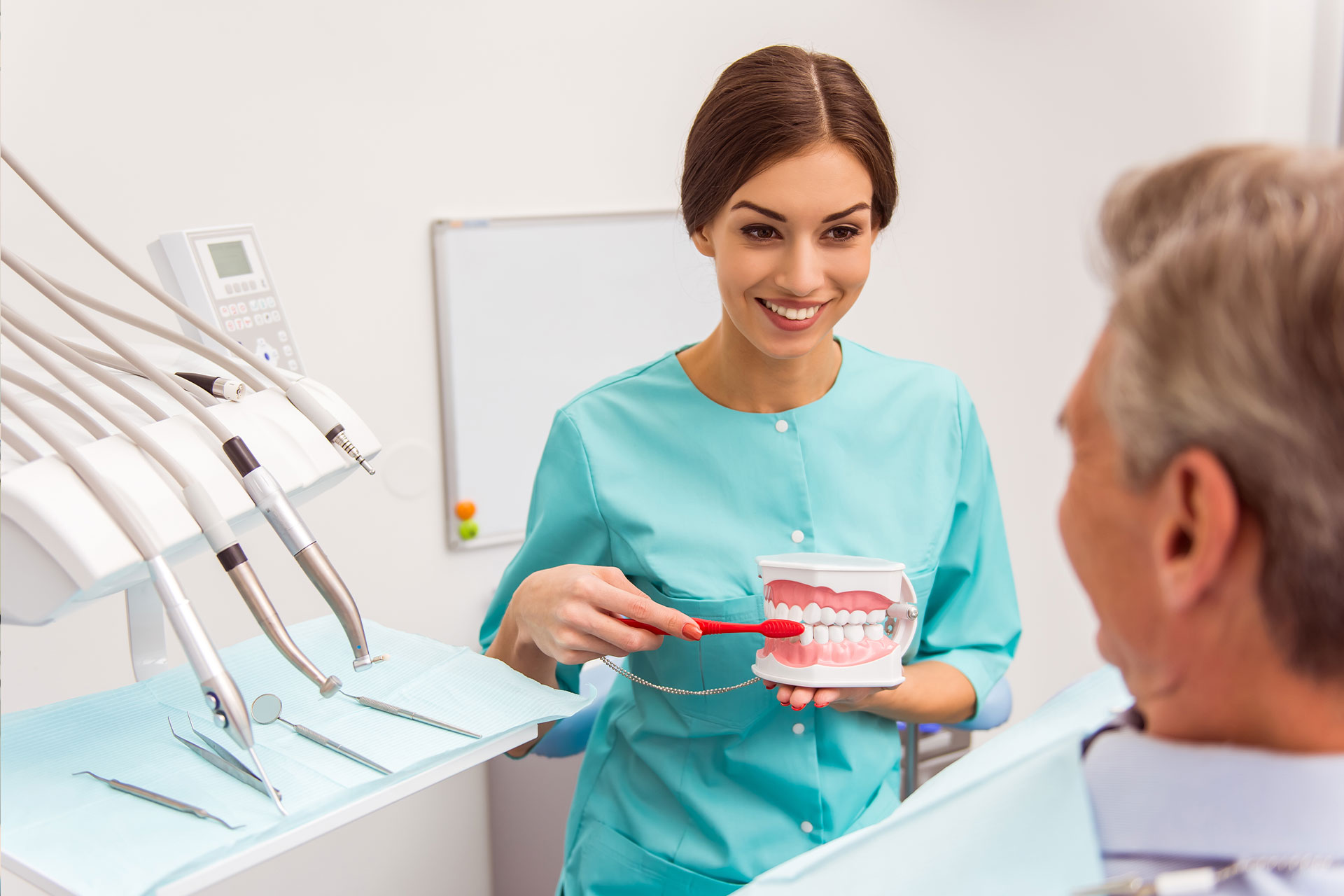Need Help?
FAQs
Why Is Cleaning and Polishing Important?
Prevents Cavities: Removes bacteria that can cause tooth decay.
Stops Gum Disease: Keeps your gums healthy by reducing plaque and tartar buildup.
Freshens Breath: Removes odors caused by bacteria in your mouth.
Brightens Teeth: Polishing helps remove surface stains, giving you a cleaner, whiter smile.
Maintains Overall Health: Good oral health is linked to better overall health, reducing the risk of issues like heart disease.
Why is teeth cleaning necessary if I brush and floss daily?
Even with regular brushing and flossing, it’s hard to remove all plaque and tartar, especially from hard-to-reach areas like between teeth or below the gumline. Professional cleaning ensures your teeth and gums stay healthy by removing this buildup.
How Often Should I Do It?
It’s recommended to have your teeth cleaned and polished by a dentist or hygienist every 6 months. However, if you have gum disease or heavy tartar buildup, your dentist might suggest more frequent visits.



